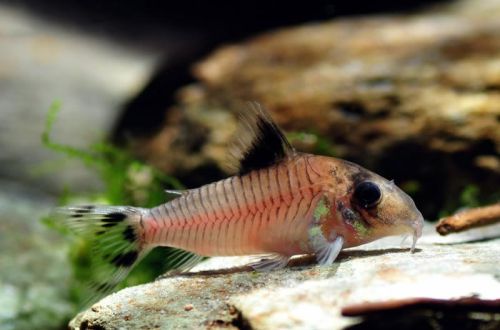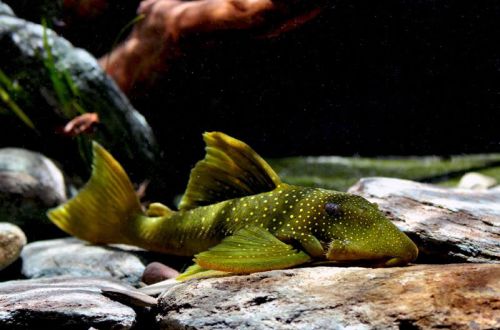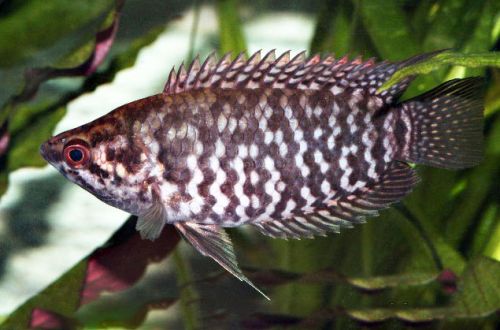
Classmate corridor
Catfish Kondiscipulus or Corydoras-classmate, scientific name Corydoras condiscipulus, belongs to the family Callichthyidae (Shell or Callicht Catfish). The name comes from the Latin word condiscipulus, meaning “classmate”. Such a seemingly strange name is explained as follows – this catfish is a natural variety of Corydoras condiscipulus, discovered several years earlier, living in the same area. Thus, scientists have correlated it to an already open species.

Native to South America. The natural habitat is limited to the territory of French Guiana and the Brazilian state of Amapa, separated by the Oyapoc River, in the basin of which this type of catfish is found.
Brief information:
- The volume of the aquarium – from 80 liters.
- Temperature – 20-26°C
- Value pH — 6.0–7.5
- Water hardness – soft (2-12 dGH)
- Substrate type – sandy
- Lighting – subdued or moderate
- Brackish water – no
- Water movement – light or moderate
- The size of the fish is 5–6 cm.
- Nutrition – any drowning
- Temperament – peaceful
- Keeping in a small group of 4-6 individuals
Contents
Description
Outwardly, it resembles the already mentioned Corydoras condiscipulus, but differs from it in a more slender narrow body, a somewhat elongated muzzle and overall size – adults reach a length of 5-6 cm. Depending on the lighting, the color can vary from pink to light gray. A greenish tint is noticeable on the head and gill covers. The dorsal fin and tail are darkly pigmented.
Maintenance and care
It is considered an unpretentious hardy fish. For a group of 4-6 catfish, it is advisable to purchase an aquarium from 80 liters. In the design, the main emphasis is on the lower tier. A sandy substrate and a few shelters (driftwood, thickets of plants) will be enough. A prerequisite for successful long-term maintenance is maintaining water quality at a high level within an acceptable range of temperatures and values of hydrochemical parameters. In this case, water quality refers to low concentrations of contaminants resulting from the decomposition of organic matter (food residues, excrement, plant fragments, etc.). Regular maintenance of the aquarium and the placement of the necessary equipment will be the key to a healthy aquarium.
Food. Another important (and perhaps decisive) importance is the diet. Although the catfish is an omnivore, you should not feed it on a leftover basis. Good quality dry, frozen and/or live foods of a suitable size should be served.
behavior and compatibility. Extremely peaceful calm fish. It gets along well both with its relatives and with other species of comparable size. They prefer to be in a group.





